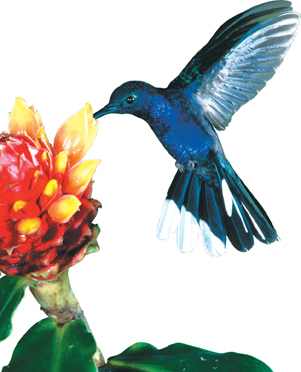
FIGURE 18–20 Plants and Animals A sabre-wing hummingbird feeds on a pollinating ginger flower.
▸ Plantae Members of the kingdom Plantae are autotrophs with cell walls that contain cellulose. Autotrophic plants are able to carry on photosynthesis using chlorophyll. Plants are nonmotile—they cannot move from place to place. In this book, we follow the lead of the most current cladistic analysis, making the entire plant kingdom a sister group to the red algae, which are “protists.” The plant kingdom, therefore, includes the green algae, along with mosses, ferns, cone-bearing plants, and flowering plants.
▸ Animalia Members of the kingdom Animalia are multicellular and heterotrophic. Animal cells do not have cell walls. Most animals can move about, at least for some part of their life cycle. As you will see in later chapters, there is incredible diversity within the animal kingdom, and many species of animals exist in nearly every part of the planet.
18.3 Assessment

-
Review What are the six kingdoms of life as they are now identified?
Explain Why did systematists establish the domain?
Classify What were the monerans? Why did systematists split them into two kingdoms?
-
Review What are the three domains of life?
Explain Why are quotes used when describing the kingdom “Protista”?
Predict Do you think the tree of life cladogram will always stay the same as it is in Figure 18–18? Explain your answer.
ANALYZING DATA
The table compares some molecular characteristics of organisms in the three domains.
Interpret Tables Which domains have unbranched lipids in their cell membranes?
Interpret Tables Which domain has just one type of RNA polymerase?
Analyze Data On the basis of this table, how are archaea different from bacteria?

Table of Contents
- Formulas and Equations
- Applying Formulas and Equations
- Mean, Median, and Mode
- Estimation
- Using Measurements in Calculations
- Effects of Measurement Errors
- Accuracy
- Precision
- Comparing Accuracy and Precision
- Significant Figures
- Calculating With Significant Figures
- Scientific Notation
- Calculating With Scientific Notation
- Dimensional Analysis
- Applying Dimensional Analysis





